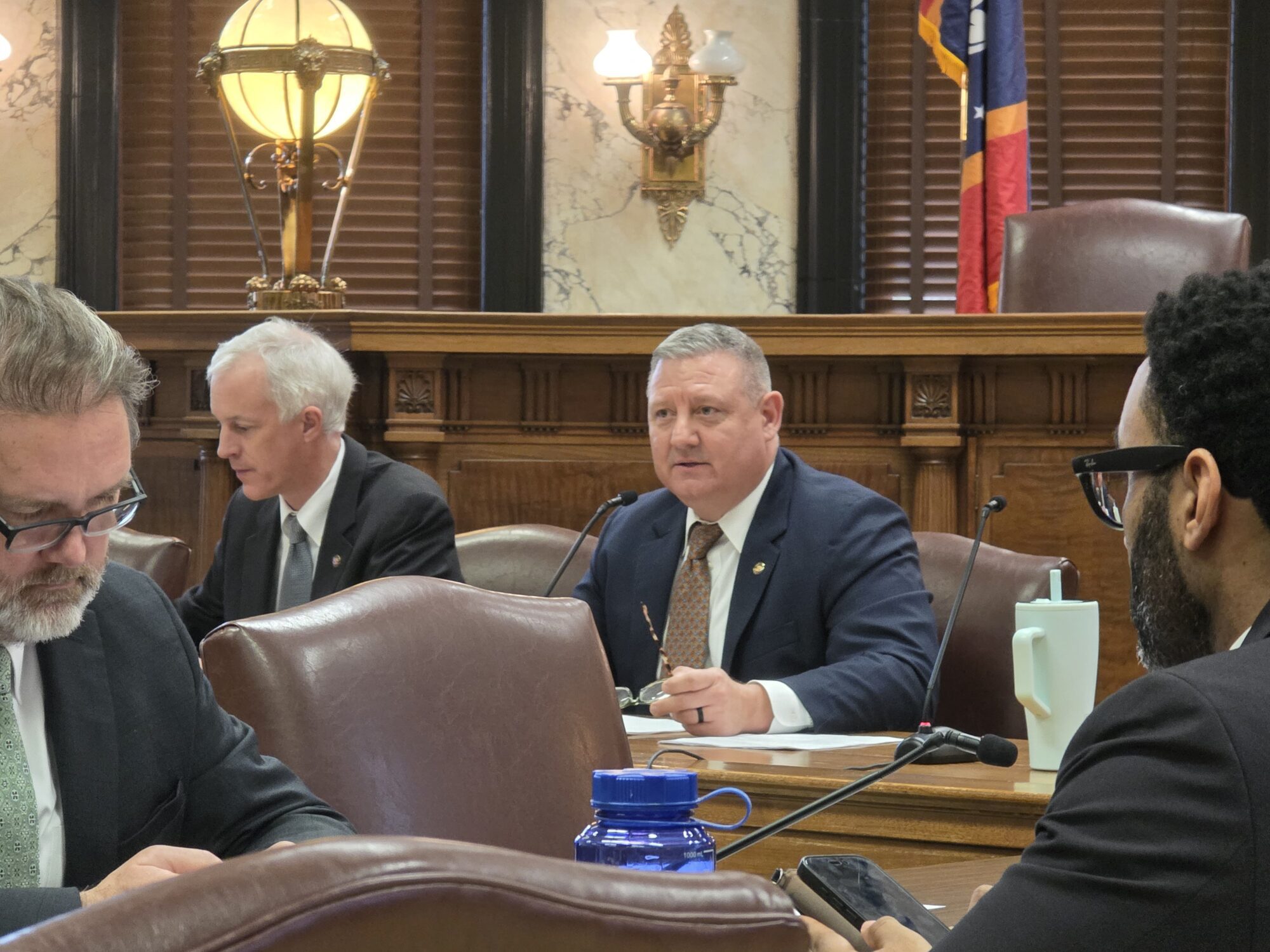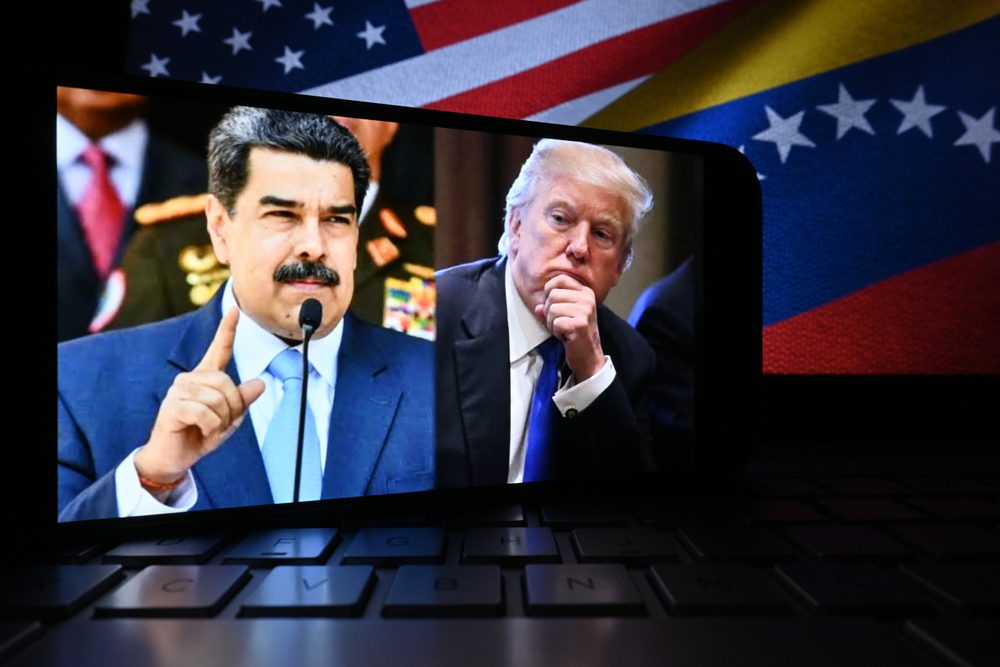
Sid Salter
- Columnist Sid Salter writes that Congress passed the Electoral Vote Reform and Presidential Transition Improvement Act of 2022 which offered several substantive changes.
Today – one day after the 2024 U.S. presidential election – it’s unlikely that Americans yet have a clear and reliable idea of just which candidate won the balloting between Democrat Vice President Kamala Harris and Republican former president Donald Trump. In 2020, it was four days after election day before the TV and news media organizations projected a winner.
Why does it take so long to declare a winner in this age of voting machines and networked digital wizardry? In 1960, Democrat John F. Kennedy was declared the winner over Republican Richard Nixon in the wee hours on Nov. 9, 1960, after the election on Nov. 8. The dynamics were familiar in that Kennedy ultimately claimed 303 electoral votes to Nixon’s 219, yet Kennedy won only a razor-thin popular vote margin of victory that gave him a 0.2 % win out of 68 million votes cast.
On Nov. 9, Nixon conceded the election to Kennedy and told a journalist that “our country cannot afford the agony of a constitutional crisis.”
By contrast in 2020, the battle over declaring a winner and concluding the formal proceedings of the Electoral College went on for weeks. The Federal Election Commission gave Democrat Joe Biden 81.2 million votes to Trump’s 74.2 million, a popular vote win of more some 7 million votes and an Electoral College win of 306 to 232.
In the days following the 2020 election, the Trump campaign and the GOP waged an unprecedented procedural, legal and political campaign to overturn the results of the election, alleging widespread voter fraud. The effort culminated in the Jan. 6 storming of the U.S. Capitol by Trump supporters in an effort to stop certification of the Electoral College count – and the rest is history.
Fast forward to today and the fact that in all likelihood, the outcome of the election remains uncertain. The process of counting and reporting of votes from the 50 states varies widely. Allegations of fraud and irregularities began well before election day and are likely to increase.
One positive result of the Jan. 6 riots was that two years later, a bipartisan effort to close many of the loopholes that made the Jan. 6 conflicts possible and attempt to ensure that the process of the certification of the electoral vote count was protected.
Congress passed the Electoral Vote Reform and Presidential Transition Improvement Act of 2022 which offered several substantive changes, including:
1) Removing the possibility of a “failed election” by limiting state legislative efforts to choose electors after an election to cases of force majeure, like a natural disaster. Claims of fraud are no longer solely sufficient to require legislative action.
2) The President of the Senate’s (the U.S. Vice President) role in the process is now “ministerial duties” and leaves the sitting vice president “no power to solely determine, accept, reject, or otherwise adjudicate or resolve disputes over the proper list of electors, the validity of electors, or the votes of electors.”
3) The law provides judicial relief for candidates in elector claims from the federal courts. Cases would be heard in district courts by three judges, one from the federal district and two from the corresponding Circuit Court of Appeals. Decisions could then be appealed directly to the U.S. Supreme Court.
4) Congress can still object to electors and sustain those objections with a majority vote from each chamber, but now a vote of one-fifth of the members of each house is needed to trigger the process.
Regardless of the outcome of the election, expect legal challenges to slow the process in the courts and expect both major parties to battle in the halls of Congress and the court of public opinion.
The fact that the Harris-Trump showdown has been exceedingly close makes the likelihood of a protracted post-election battle almost a foregone conclusion.







